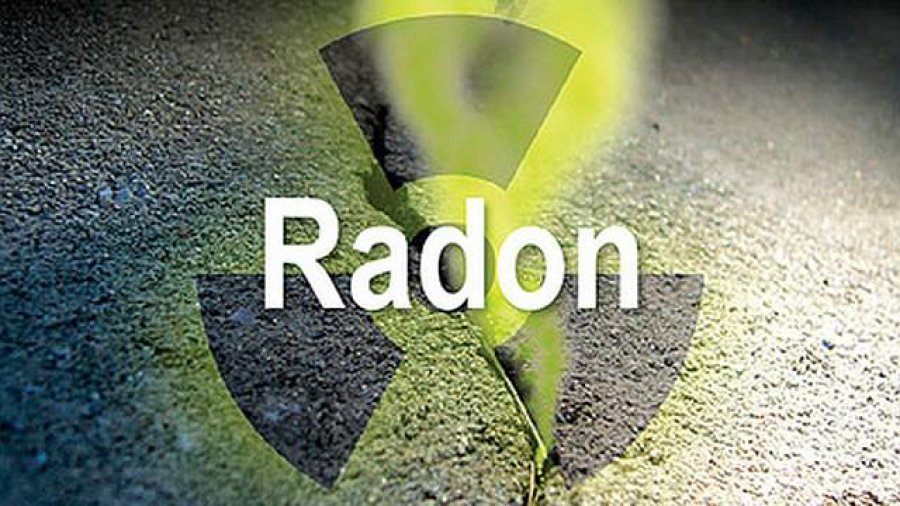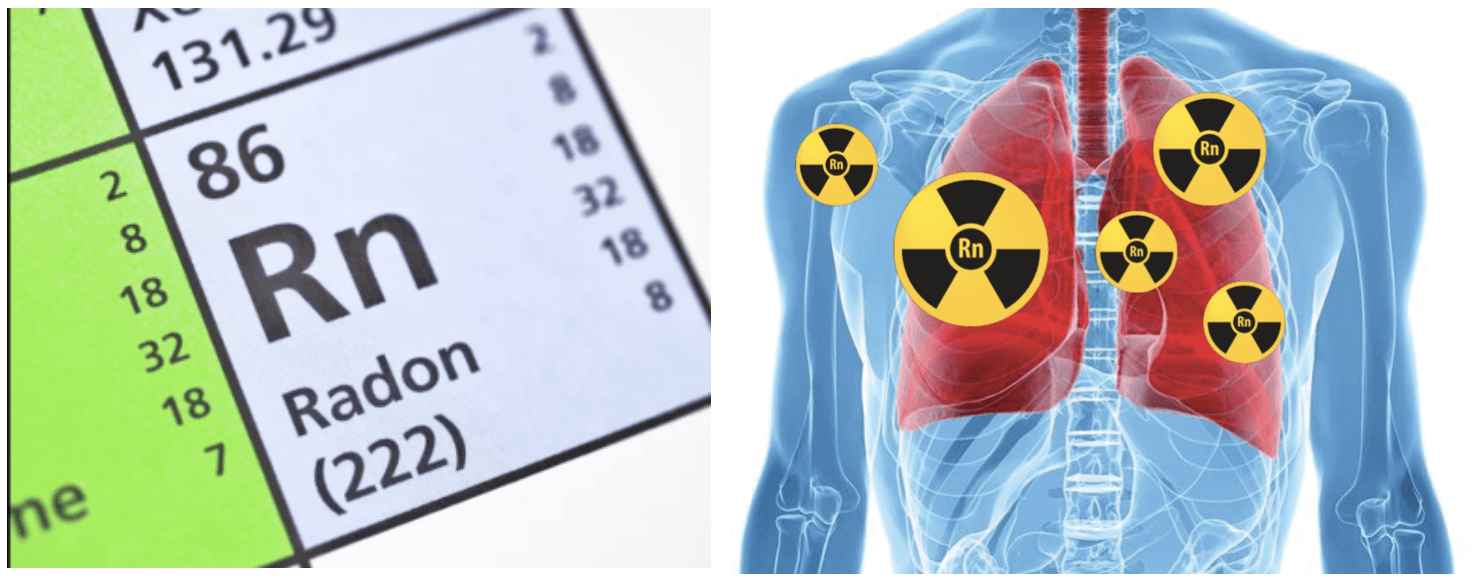
During construction, we face the danger of increasing the limit concentration of radon in our buildings, which can lead to serious negative effects on human health. Scientists have found out that radon gas is the second most common cause of lung cancer after smoking. According to the WHO report, up to 14% of all lung cancer cases in the world are related to human exposure to this radioactive gas.
Therefore, it is extremely important to observe the necessary measures to prevent the gas from entering the room and to prevent its maximum concentration from increasing. Rhodon is a chemical element Rn-222, number 86 of Mendeleev's periodic system of chemical elements. According to its physical and chemical properties, radon is an inert, odorless and tasteless gas.

Radon easily dissolves in blood, water and other body fluids, it dissolves much better in fats, which causes its effective absorption by fatty tissues when it enters the body. Radon can enter the body even through intact skin. The radiotoxicity of its daughter decay products (DPR) - short-lived isotopes of polonium, bismuth, lead - is very high and they are actively attracted to the smallest dust particles, water droplets, forming a mixture that is inhaled by a person and sinks into the lower, most vulnerable parts of the respiratory tract.
But radon and its decay products affect not only human lungs. It has been found that radon gas has a negative effect on immune, reproductive and hematopoietic cells.
There are always sources of radon in the soil. When the gas escapes into the atmosphere through the upper layers of the soil, it quickly dissipates into the surrounding air and does not pose a threat to human health. However, if the gas enters buildings, such as through seams, cracks, leaky floor slabs in the basement or on the first floor, and along cable and pipe routes, the concentration of radon will increase and exceed the recommended limit values.

Also, gas can appear from the walls and foundations of buildings (if the building materials do not meet regulatory requirements) or enter together with tap water (especially if the water is from artesian wells).
In order to reduce the risk of radon entering buildings and reduce the harmful effects of radon on humans, the following conditions must be met:
- sealing of the floor and cracks in the walls,
- sealing of inputs of engineering networks,
- installation of ventilation in basement and basement rooms,
- installation of ventilation in the main premises,
- quality control of building materials.
Therefore, when laying pipes and cables in buildings, we recommend using special hermetic FRANK cuffs.

A wide range of models and the possibility of use with various types of pipes and cables make it possible to quickly and easily ensure the sealing of engineering inputs into the building. Installation of cuffs at the construction stage will ensure the tightness of the premises and protect the building from radon penetration.
